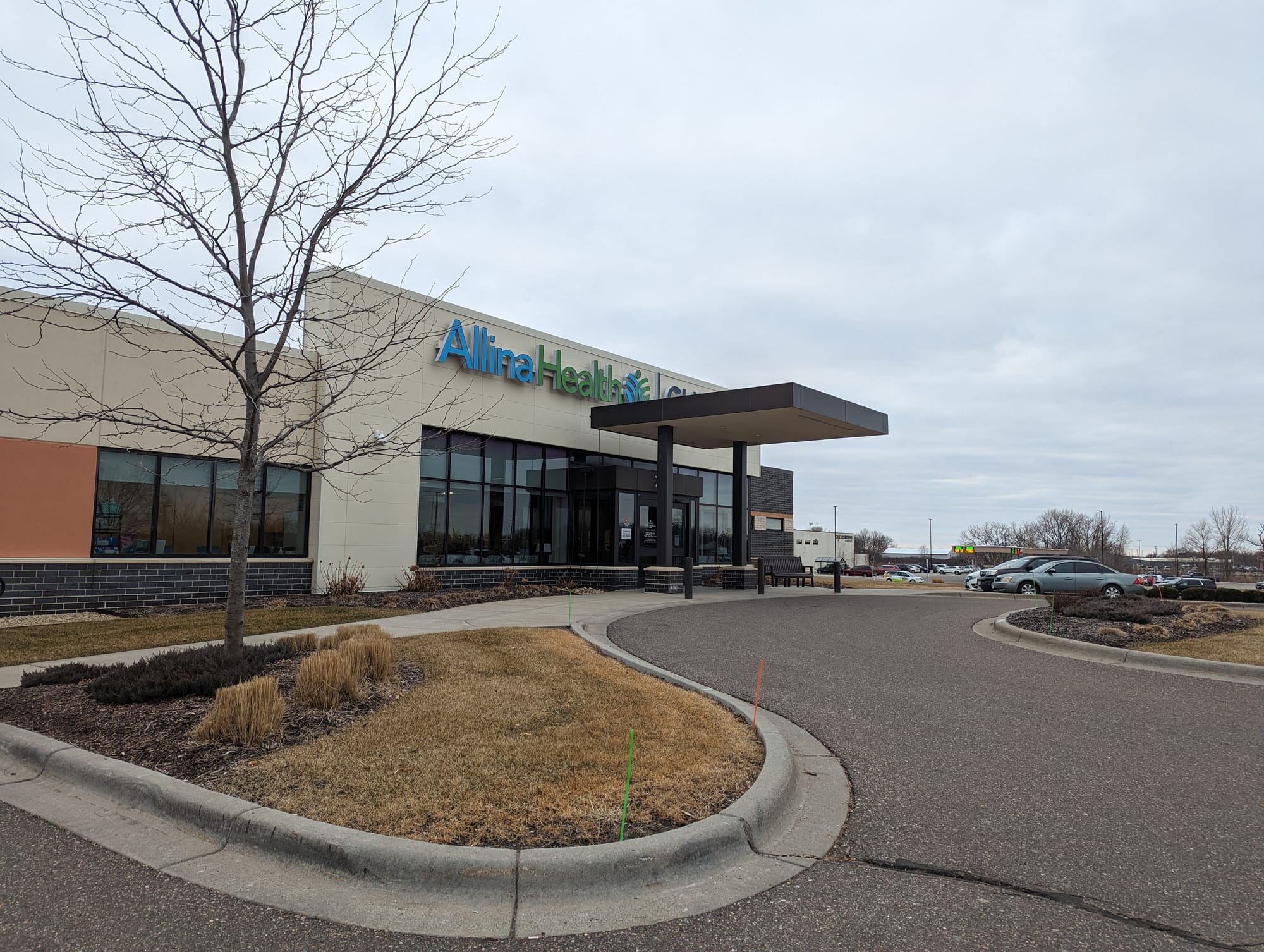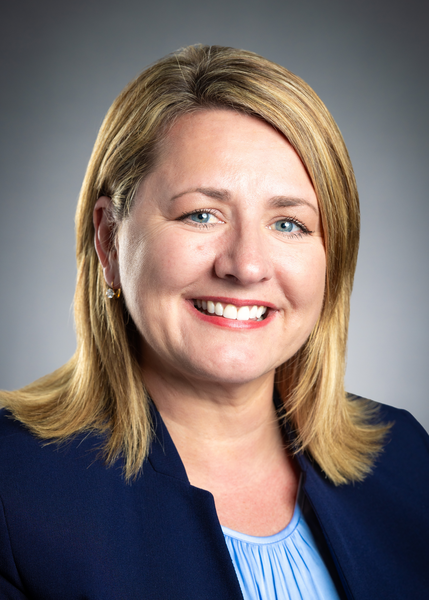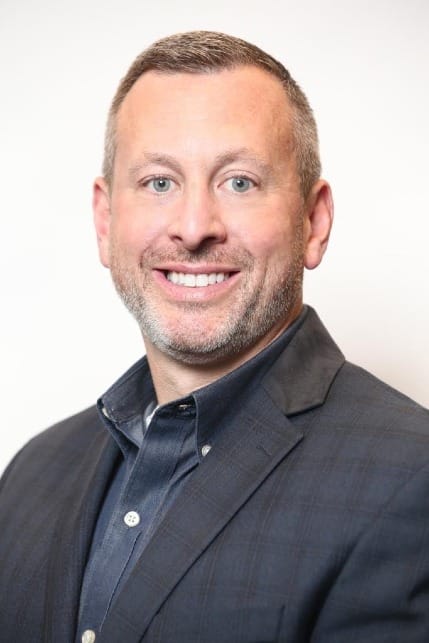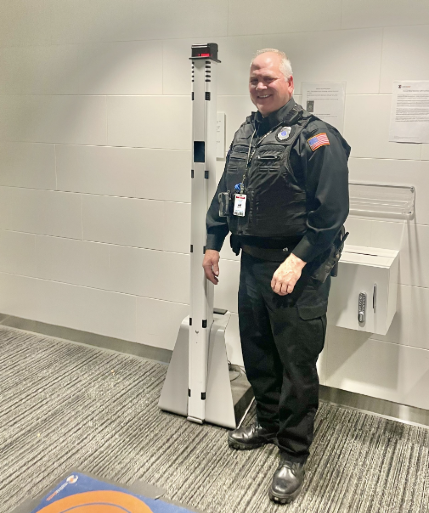How to protect health care staff: The limits and benefits of security measures
It’s been three years since the Buffalo clinic shooting shook Minnesota hospitals. How much do additional security measures help?

Four people were injured and Lindsay Overbay, who worked as a medical assistant, died after a man walked into the Allina Health clinic in Buffalo, Minn., on Feb. 9, 2021, and started shooting.
The effects of that day rippled to every facility and every employee in the health care system, said Emy Johnson, vice president and chief security officer for Allina Health.
“(It was) such a difficult day and requires such a great deal of continuous improvement, but the tragedy has allowed for us to continue to be resilient in our work,” Johnson said.
Johnson spoke to Project Optimist about security features patients would notice across Allina hospitals and clinics.
“You'll see an enhanced front foyer,” she said. “You will also see cameras that are visible within the foyer as a result of, just again, our continuous improvement.”

Experts have a name for the security measures that have been implemented in schools, health care clinics, and other facilities across the nation to deter gun violence: situational crime prevention. But research on whether these measures are effective at reducing injuries during mass shootings is scarce.
The response
Health care and social assistance workers are nearly five times more likely to experience violence at work compared to workers in other industries, according to a 2018 report from the federal Bureau of Labor Statistics – the most recent year data was available.
For Johnson and her team, safety is the number one priority.

“We use industry-leading security measures to constantly measure and weigh both the patient care setting and just the overall environment,” she said.
In addition to the measures Johnson mentioned above, Allina uses locked doors, trains staff “so that they feel confident and safe in their environment,” and employs security staff to keep track of “activities across our platforms,” Johnson said.
However, the impact of the 2021 shooting was felt beyond Buffalo.
“The shooting at the clinic in Buffalo certainly drove home the importance of health care facilities being proactive in security,” said Mike Ramstack, Essentia Health senior director of security. “Our hospitals and clinics are safe, but we also recognize there are opportunities for improvement as the landscape continues to change.”
Register for our dialogue event on firearms
Project Optimist will host a free virtual discussion on firearms on March 21 as part of our Shades of Purple: Dialogue across difference series.
The moderated discussion is open to residents across the state of Minnesota. Our hope is to bring people together across barriers to discuss their personal experiences around firearms. Participants will be invited to share from their personal stories and core values.
Unlike many discussions, this dialogue will be structured to promote careful listening and discourage debate.
For more information, visit the registration page.
Essentia Health has 53 clinics and 12 hospitals across Minnesota, in addition to facilities in North Dakota and Wisconsin.
Security measures visible to patients include guards who are equipped with Tasers and body cameras. Furthermore, security staff across the Essentia Health system hold daily safety huddles so they are all aware of any concerns.

Officials have also implemented safety screening in the emergency room at Essentia Health-St. Mary’s Medical Center in Duluth, Ramstack said.
“So everyone entering our ED (emergency department) at St. Mary’s is scanned for prohibited items, such things as pepper spray, guns, and knives,” he said.
A person stands on a pad and turns in a circle for 15 seconds while the scanner works, according to Tony Matt, spokesperson for Essentia Health. The machine, which is a stationary object, can detect objects that are considered suspicious. A security guard would then decide whether the object is dangerous, Matt said.

Do they work?
But how effective are these security measures?
Dr. Emily Greene-Colozzi is an assistant professor of criminology and justice studies at the University of Massachusetts Lowell. She specializes in situational crime prevention, with a focus on mass shootings.
Situational crime prevention is a criminology theory first developed in the 1980s by British criminologist Ron Clarke that focuses on the environmental factors at play when a crime is committed, and specifically how to make the environment less favorable to someone looking to commit a crime.
“Situational crime prevention takes the line of, we weren’t able to stop this person from getting to this point, so what can we do once they’re already trying to get into the school? They have the guns, they have the motivation. How can we make the space itself safer in the event that we were not able to identify and prevent that person?” Dr. Greene-Colozzi said.

Adding a security guard to a facility, locking doors and using a buzzer system for entry are examples of situational crime prevention, Dr. Greene-Colozzi said.
However, research on the effectiveness of situational crime prevention techniques related to mass shootings is scarce.
Dr. Greene-Colozzi wrote her 2022 dissertation at the John Jay College of Criminal Justice on the topic, but she said she’s still trying to get it peer reviewed and published. She found that places that have more security measures in place and implemented properly “tend to have lower casualties” when a mass shooting occurs, she said. Her findings are consistent with qualitative research that studied specific mass shootings and analyzed situational crime prevention measures in place when the shootings happened.
One point Dr. Greene-Colozzi emphasized: proper implementation.
She pointed to the Feb. 14, 2018, shooting at Marjory Stoneman Douglas High School in Parkland, Fla., where unlocked gates and doors allowed the shooter to enter the campus and its buildings.
“You can have fences, you can have lockdown drills, you can have buzzer systems, but if any one of these measures is not working in the way that it should … that can create a cascading failure,” she said.
Another factor at play is infrastructure. Chris Rubesch, president of the Minnesota Nurses Association, said he appreciates the safety measures where he works – Essentia Health-St. Mary’s Medical Center in Duluth, a $900 million hospital that opened its doors in 2023. However, he understands infrastructure changes come with a price tag.
“We need to be working now on the training and staffing levels, because those are things that we can address right now and not wait until hospitals are rebuilt or until there's capital investments to be made into the physical structure of a building,” he said.

Furthermore, having an adequate number of staff members on duty can help keep a situation from spiraling out of control, Rubesch said.
“Often we see violent situations develop when there aren't enough staff to respond appropriately and quickly to a patient,” he said.
Critics of situational crime prevention say the amount of control makes places like schools akin to prison, Dr. Greene-Colozzi said.
The type of venue usually dictates how comfortable people are with additional security measures, she said. For example, people are usually OK with a security guard at a school or hospital, but probably wouldn’t be at a local restaurant.
“With any type of guardianship, any type of crime control, crime prevention, you have to balance out individual liberties and rights with crime prevention,” she said. “And that’s a difficult scenario.”

On the ground
After the shooting in Buffalo, the Minnesota Nurses Association released a statement calling for policy makers to prioritize workplace safety measures.
Since then, the organization has seen some progress toward those goals, but would like to see more, Rubesch said.
Measures such as flagging in a patient’s medical record if they have a history of violent behavior and allowing staff to have time off from work if they experience violence in the workplace have been added to contracts during recent negotiations, Rubesch said.
The Minnesota Legislature passed the Nurse and Patient Safety Act, which took effect on July 1, 2023. The measure requires hospitals to create preparedness plans for incidents of violence; to annually report to the state the number of violent incidents that happened at a hospital; and to train employees how to respond if a violent incident were to occur.
The law also has a provision allowing health care workers to formally request additional staff. Officials “must document all requests for additional staffing made because of a health care worker’s concern over a risk of an act of violence,” the law said.
Despite gains in the recent legislative session, the MNA would like to see a more rigorous training program and adequate staffing levels required by the Legislature.
“I think it's important to point out that we're not there yet and obviously, workplace violence is an issue, not just for health care workers, but it's an issue in this country in general,” Rubesch said.
